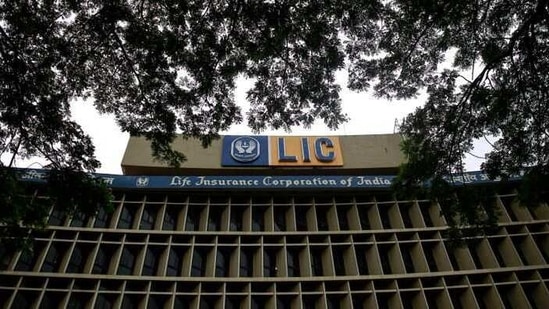Government paves way to take LIC to the stock exchange
Announcing the budget for fiscal 2022, finance minister Nirmala Sitharaman proposed to amend the LIC Act and bring the rules for LIC under the Companies Act to ensure that the insurer does not face regulatory hurdles in launching its IPO.
The government on Monday paved the way for the proposed initial public offering (IPO) of state-run Life Insurance Corporation. of India (LIC), the country’s largest investor and insurer.

Announcing the budget for fiscal 2022, finance minister Nirmala Sitharaman proposed to amend the LIC Act and bring the rules for LIC under the Companies Act to ensure that the insurer does not face regulatory hurdles in launching its IPO, which is billed to be the country’s largest public issue ever.
LIC, in which the government holds 95% stake, has total assets worth over ₹34 trillion. The insurer’s total business is being evaluated by actuarial firms.
The finance minister said the Central government will hold an at least 75% in LIC for the first five years after the IPO, and subsequently retain at least a 51% stake in the insurer.
For the fiscal 2021, LIC recorded new business premium of ₹1.3 trillion in the April-December period, over double the total premium collected by all private life insurers together.
Also read: ₹1,500 crore scheme to boost digital payments
A public listing of LIC has been a protracted affair as it requires amending the LIC Act. The insurer needs to change its audit and accounting policies; the way it distributes surpluses; and amend Sections 24, 28 and 37 of the Act.
Section 24 deals with the way the corporation handles its corpus, Section 28 is about dividend distribution norms and Section 37 provides government guarantee on all its policies.
“At present, LIC pays 5% of the surplus to the government and distributes the remaining 95% to its policyholders. That needs to be r-looked at when the LIC gets listed and there is an external investor,” a person familiar with the matter said.
In comparison, private insurance companies pay 10% of their surplus to shareholders and the rest goes to policyholders.
LIC’s equity capital stands at ₹100 crore, which needed to be increased in order to sell even a 10% stake.
On Monday, the finance minister proposed to increase the authorised share capital of LIC to ₹25,000 crore, divided into 2,500 crore shares of ₹10 each.
The budget also proposed the way LIC’s board will be structured. LIC can have 15 board members of whom at least one has to be a woman director. There can be four managing directors, of whom four can be appointed by the government, who will be whole-time directors of LIC post the IPO.
In terms of payment of dividends by LIC, the government said that no dividend should be paid by LIC for any fiscal unless such dividends are paid out of surpluses and profits made by the insurer. LIC will not be allowed to pay dividend from its reserves unless it is free reserves.






